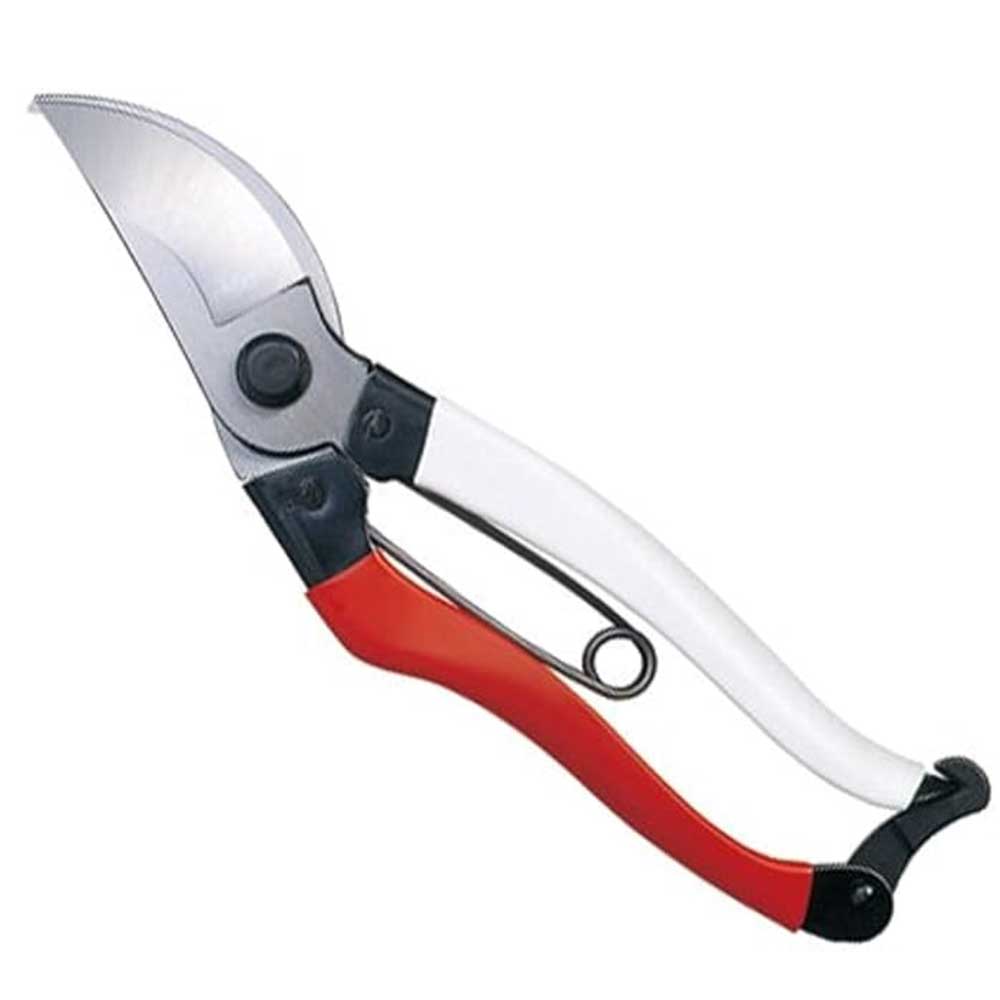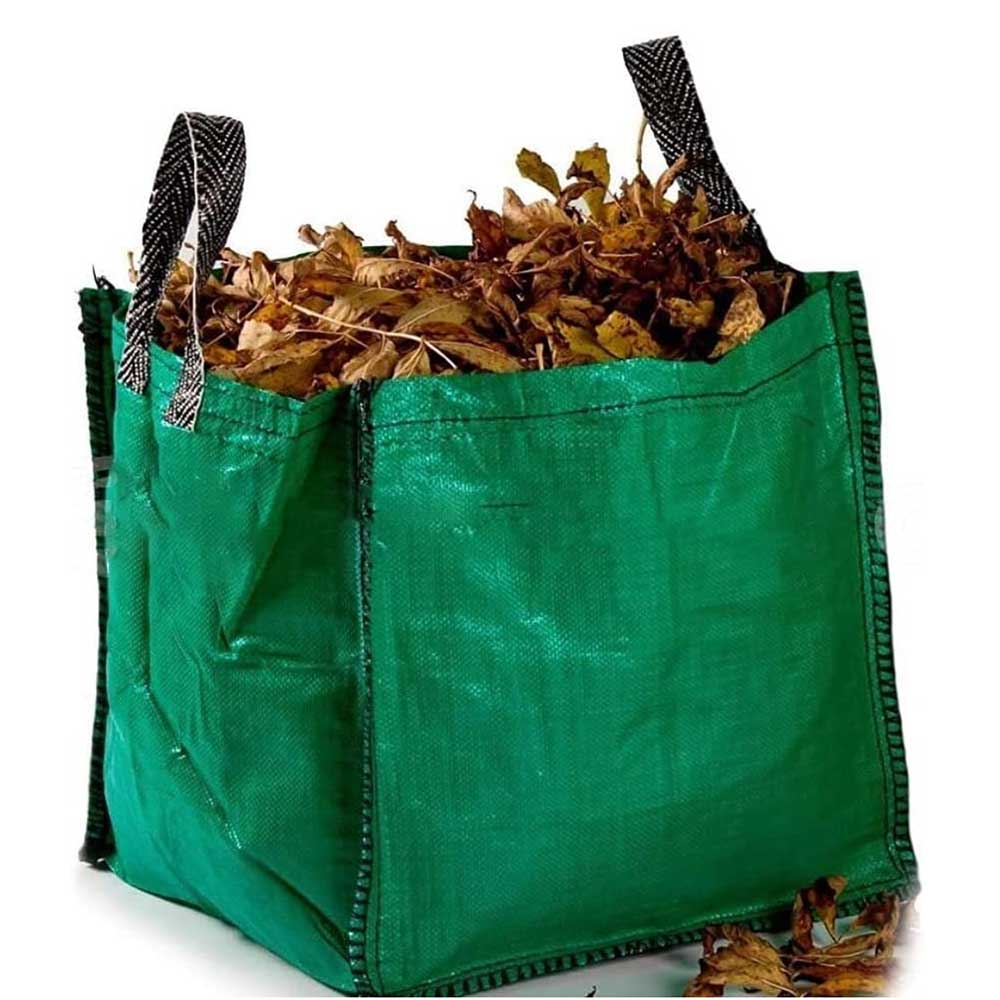The Chelsea chop is the clever gardening hack that'll give you more flowers than ever
Monty Don's tried-and-tested gardening hack is the secret to longer-lasting blooms...
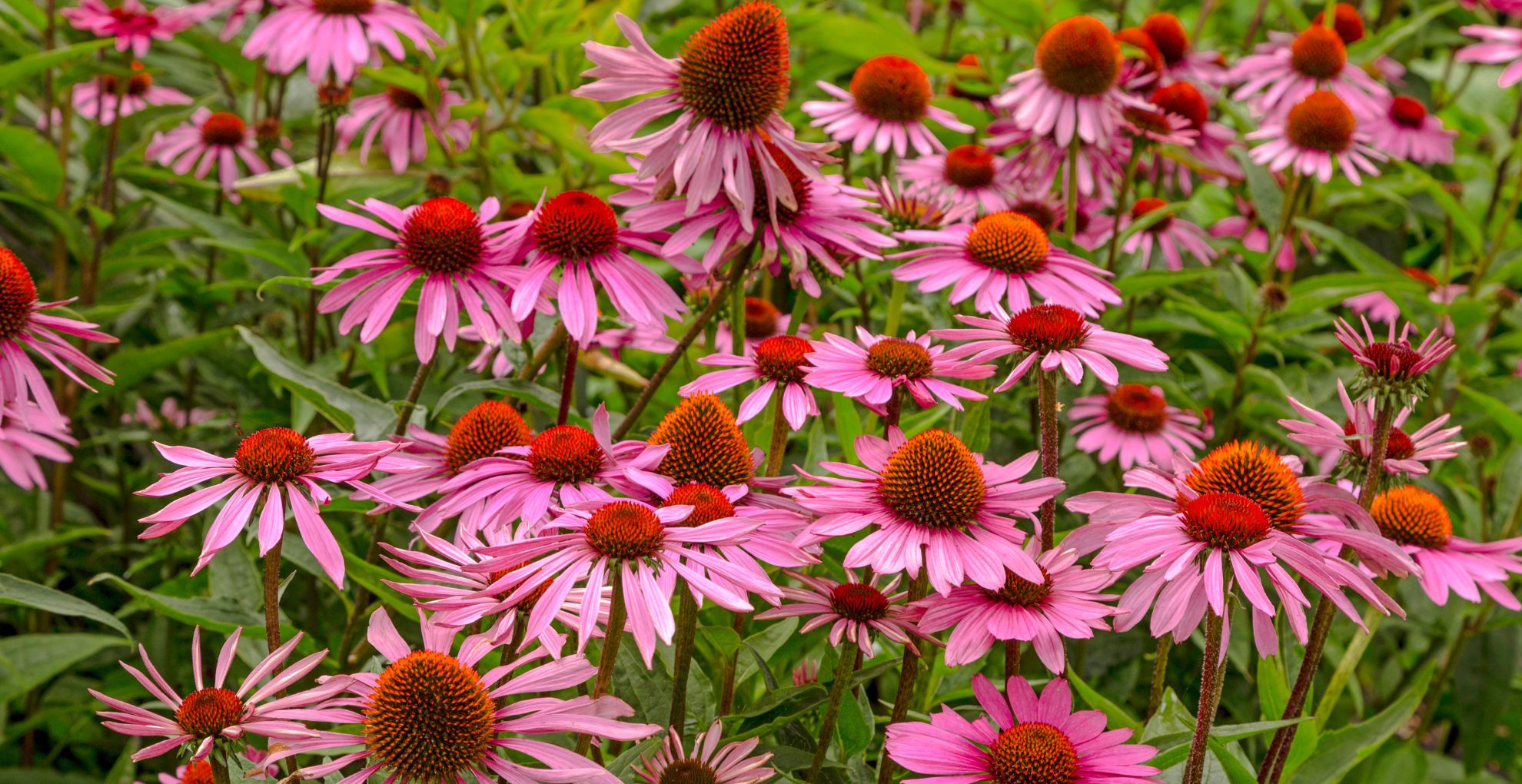

If there's one thing we can all agree on, it's this: longer is always better – when it comes to the blooming period of our favourite flowers, that is! Thank goodness, then, for the Chelsea chop, aka the gardening hack that promises longer-lasting flowers.
It's excellent news for anyone who has spent a lot of time on their flower bed and garden border ideas, as it means we can increase the potency of our most beloved blooms (and with very little effort, too).
'[The Chelsea chop] is a way of extending the flowering season of late-flowering herbaceous perennials, such as heleniums, sedums, lysimachia, or golden rod,' explains garden guru Monty Don via his popular blog.
What is the Chelsea chop?
If you're wondering how the Chelsea chop came by its name, you'll be pleased to learn that it's all down to (you guessed it!) the RHS Chelsea Flower Show.
'The RHS Chelsea Flower Show is known worldwide as one of the most prestigious flower shows of them all, and that’s where the Chelsea chop gets its name from,' explains Morris Hankinson, director of Hopes Grove Nurseries.

Morris Hankinson is the founder and managing director of Hopes Grove Nurseries Ltd, the UK’s only specialist grower-retailer of hedging plants. He established the thriving business in 1992, shortly after graduating with a Commercial Horticulture Degree from Writtle College, Essex.
'Traditionally, the flower show takes place in late May, which is the same time of year to chop back late flowering perennials to help them flower even more,' he adds.
Basically, the Chelsea chop is a method of pruning that helps tick off the following boxes for a number of herbaceous perennials:
Get the Ideal Home Newsletter
Sign up to our newsletter for style and decor inspiration, house makeovers, project advice and more.
- limits the size
- controls the flowering season
- decreases flopping
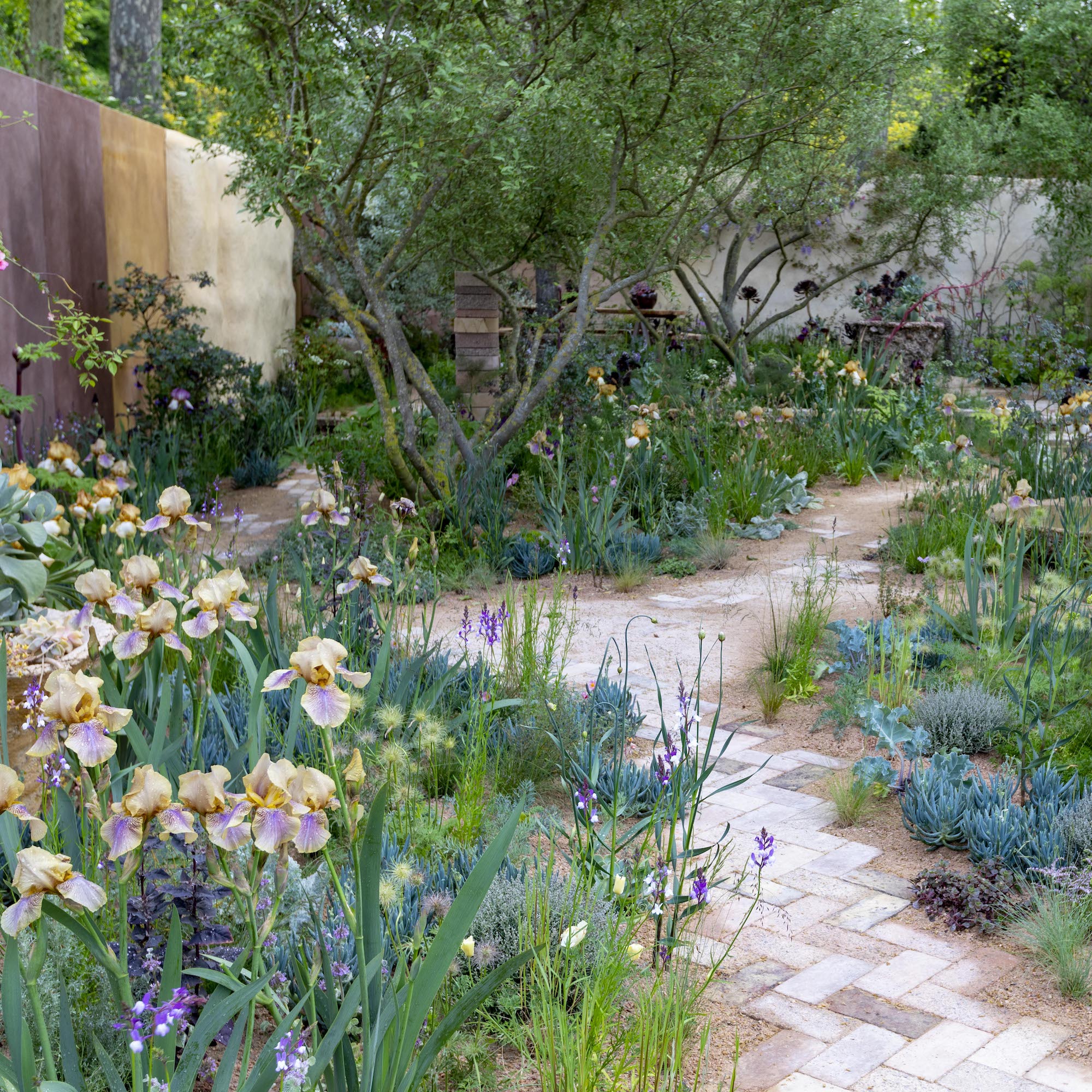
Intrigued? Here's what you need to know.
What you will need
In terms of the tools you will need, it's all pretty minimal: you'll simply want a pair of sharp, clean secateurs and a bag for your clippings (these can then be chucked into your compost bin).
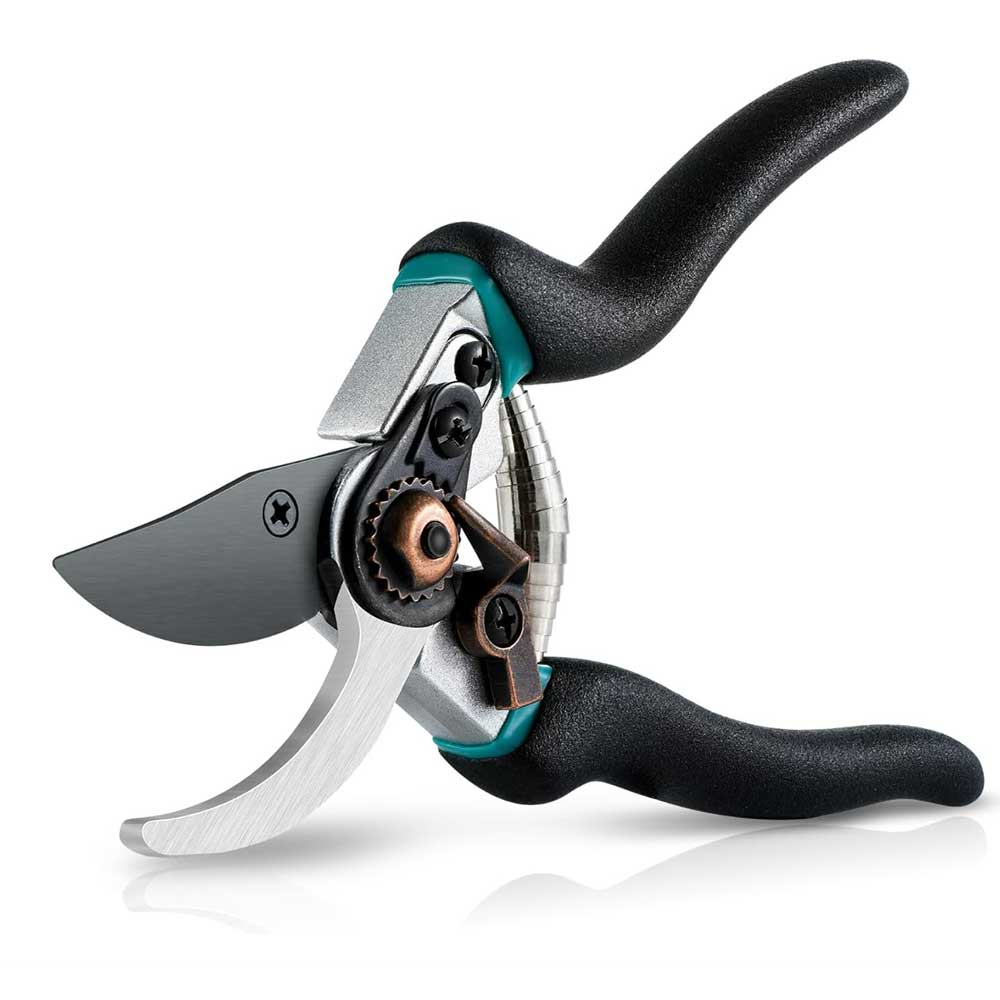
You'll also need to point your secateurs in the right direction, of course.
'The Chelsea chop is best applied to perennials like 'Echinacea, Helenium, Phlox and Hylotelephium (Sedum),' says Morris.
How to master the Chelsea chop
As mentioned already, the Chelsea chop is relatively easy to master – especially if you already know a little about pruning and deadheading.
'If you have clumps of perennials growing well, these can be cut back using secateurs by about one third,' says Morris.
'In turn, this delays flowering until later in the year when there is less flowering and it also ensures the plants remain compact and less likely to need support.'
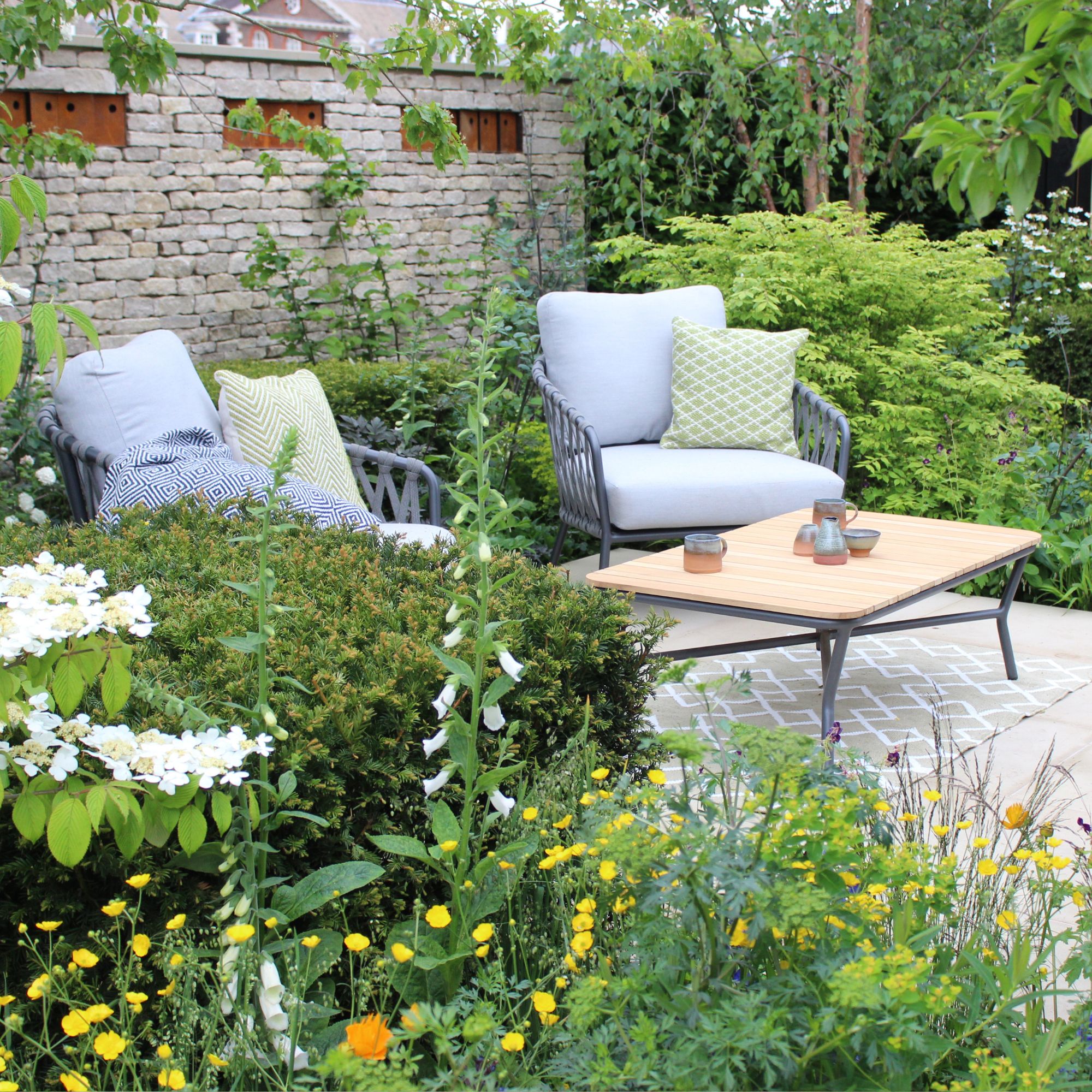
Morris goes on to explain that there are other methods of the Chelsea chop.
These include 'cutting back even further up to one half of the plant stems, or cutting back some of the stems of each plants meaning there will be early and later flowers on the plants, thus extending the season'.
He adds that, after you have chopped the plants, it's 'important to make sure they are well watered and mulched to retain moisture and give plenty of nutrients so they thrive'.
What plants are suitable for the Chelsea chop?
As per the Royal Horticultural Society (RHS), the Chelsea chop is best suited to herbaceous perennials like:
- Cota tinctoria
- Echinacea purpurea
- Helenium
- Phlox paniculata
- Hylotelephium (Sedum)
- Solidago
You can also tackle the likes of Asters, Monarda, Lavender, and Cat Mint using this method, too.
Now that you know the basics of the Chelsea chop, you can start planning a pruning session (working around your visit to the prestigious flower show, of course).
Here's wishing you a long and happy flowering period for your herbaceous perennials, then.

Kayleigh Dray became Ideal Home’s Acting Content Editor in the spring of 2023, and is very excited to get to work. She joins the team after a decade-long career working as a journalist and editor across a number of leading lifestyle brands, both in-house and as a freelancer.
-
 I’ve been looking for a new signature scent for my home and The White Company's new fragrance is the exact summer holiday smell I needed
I’ve been looking for a new signature scent for my home and The White Company's new fragrance is the exact summer holiday smell I neededSantorini smells fresh, summery and sophisticated
By Kezia Reynolds
-
 How to remove algae from garden walls in five steps – and the cleaning product experts rave about for tackling it fast
How to remove algae from garden walls in five steps – and the cleaning product experts rave about for tackling it fastExperts share their top tips for getting garden walls algae-free
By Katie Sims
-
 I swore I would never choose a flat sheet over a fitted sheet – but this advice from a bedding expert just changed my mind
I swore I would never choose a flat sheet over a fitted sheet – but this advice from a bedding expert just changed my mindWhy I'm now a 'flat sheet' convert
By Amy Lockwood
